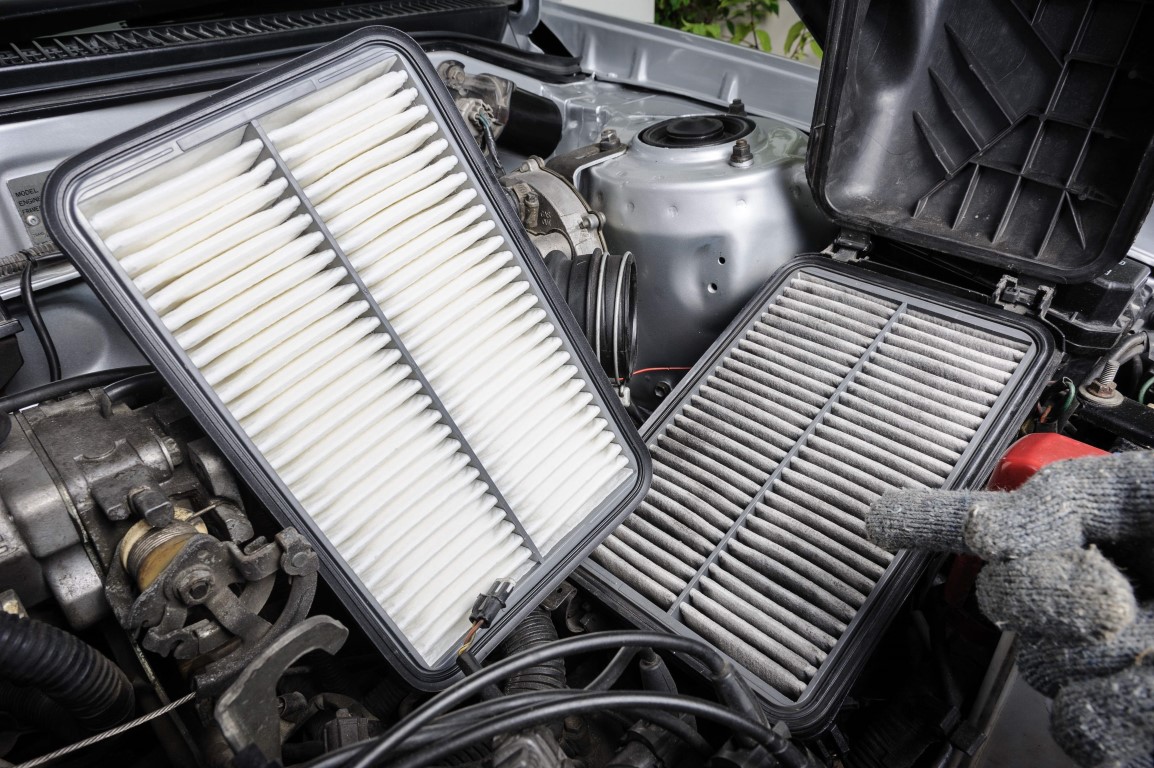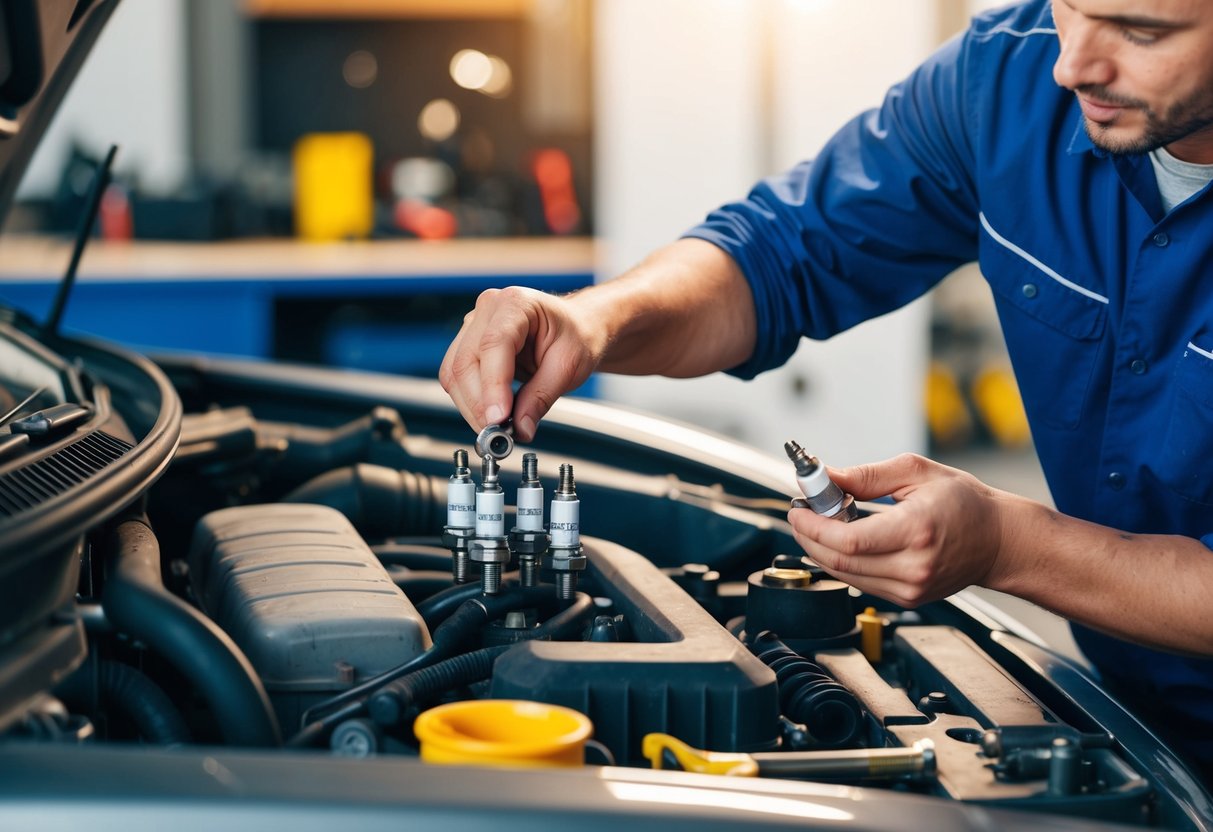
Enhancing Engine Performance Through Simple Replacements

Improving your engine’s performance without overspending is achievable by making strategic replacements. Choosing the right spark plugs and opting for performance-enhancing fluids are key approaches to boost fuel efficiency and reduce emissions.
Choosing the Right Spark Plugs
Selecting appropriate spark plugs can significantly impact your car’s performance. Modern engines benefit from plugs that offer better ignition, leading to improved fuel consumption and reduced emissions. Iridium or platinum spark plugs provide a more reliable spark than traditional copper ones, enhancing the engine’s efficiency. These materials ensure longevity and consistent performance, making them cost-effective in the long run despite their higher initial cost.
Regular replacement of spark plugs is crucial; even small deposits can hinder combustion efficiency. Drivers should consult the vehicle’s manual for the recommended replacement interval and specifications. Often, high-performance spark plugs require less maintenance and can contribute to a smoother-running engine, translating into less wear and tear and better reliability.
Opting for Performance-Enhancing Fluids
Fluids used in a car significantly influence its performance and reliability. High-quality engine oil optimizes lubrication, reducing friction and promoting smoother operation. Synthetic oils often provide better thermal stability, which is beneficial for prolonging engine life and maintaining performance under high-stress conditions.
Switching to a high-performance coolant can also make a noticeable difference. Coolants designed for performance applications ensure optimal engine temperature control, improving efficiency and potentially lowering emissions. Regularly replacing brake fluid and transmission fluid, with types that match your vehicle’s requirements, further enhances system responsiveness and longevity. In all cases, utilizing recommended fluids ensures that the vehicle maintains optimal performance without unnecessary costs.
Improving Aerodynamics and Weight Distribution
Enhancing the aerodynamics and weight distribution of a vehicle can play a significant role in boosting its performance. Affordable aerodynamic modifications and strategic weight reduction methods can lead to more efficient fuel consumption and better handling.
Aerodynamic Add-ons That Won’t Break the Bank
Inexpensive enhancements such as lip spoilers, side skirts, and rear diffusers can greatly improve a car’s aerodynamics. These add-ons reduce drag and improve airflow around the vehicle, providing better stability at higher speeds.
For most cars, installing a front splitter can be a cost-effective solution to enhance downforce. It keeps the front of the car pressed down, allowing for better traction and improved steering response. Wind deflectors can also be beneficial, as they help manage airflow over the vehicle, reducing wind noise and drag.
Another accessible upgrade is the use of vortex generators, which can be mounted on the rear of the roof. These small additions manage airflow and contribute to better stability by minimizing turbulence behind the vehicle. Additionally, considering low-resistance tires that keep road grip while lessening air friction can also help achieve better performance.